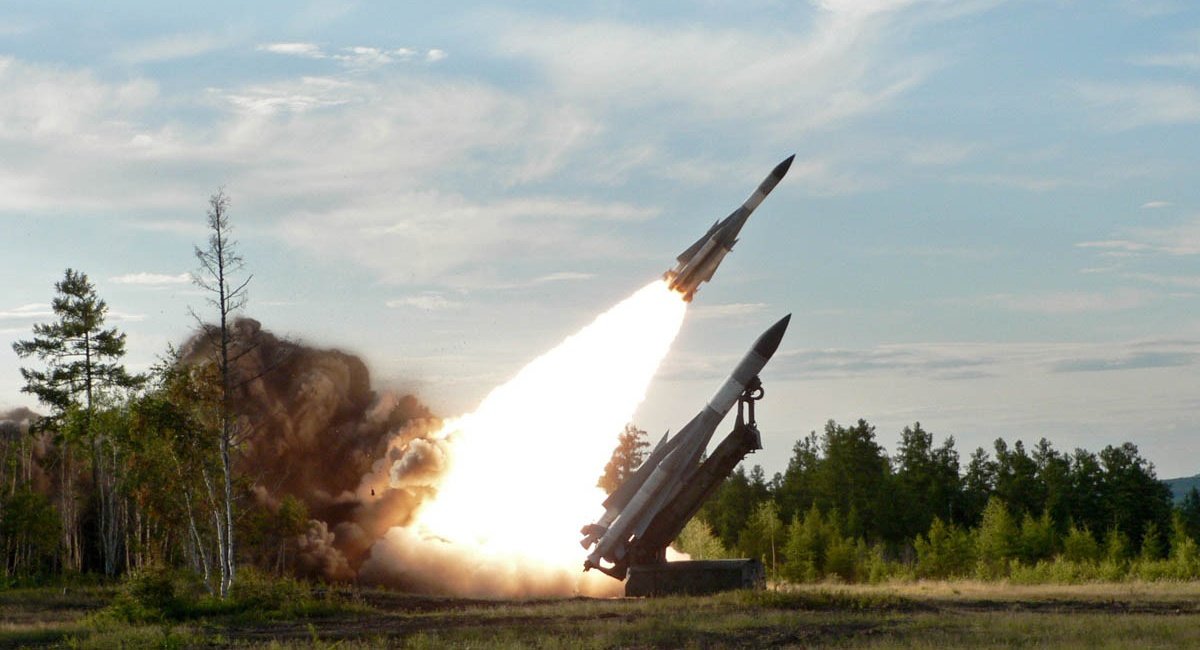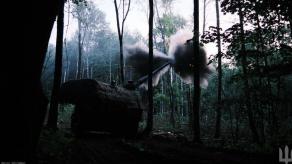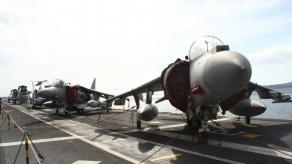Ever since an A-50U Airborne early warning and control system was shot down over the Krasnodar territory on February 23, the russian armed forces stopped using aircraft of this type. The insight comes from Yurii Ihnat, Spokesperson of the Ukrainian Air Force Command, speaking at the United News telethon.
Earlier we explained the reason why russians fear for their valuable aircraft: having lost two over the course of the past few weeks, the Aerospace Forces of russia had only six aircraft of both A-50 and modernized A-50U types remaining in service as of February 25. Then, according to the reports from the russian side, another A-50U was received from the factory, potentially the one previously hit by a Ukrainian attack drone in belarus, returned from repairs.
Read more: Satellite Images Indicate that russian A-50 Aircraft Are Inoperable

However, even after the reinforcement, russia is currently not willing to risk losing another A-50 to Ukrainian long-range air defense weapons. The russian experts are still wondering if the A-50 was really hit while being over 170 km from the frontline, that is, further than any of Ukraine's Patriot systems could reach.
Some russians assume their valuable airborne radars were shot down by an S-200 missile system, skeptical about the narratives shared by their military bloggers about allied air defenses mistaking A-50s for enemy aircraft. If true that an S-200 did this, the question is how far the A-50s need to stay back from the war zone in order to feel safe.
The answer would be about 260–280 km from the frontline at least, not taking into account that the standard 5V28 missile could be modernized to increase the range. Cruising that far away diminishes the value and whole point of deploying the A-50 because 300 km is this radar's approximate detection range for low-flying and ground targets.

The russian invasion forces are left without the benefits A-50 surveillance has provided them. Foremostly, of course, it's the detection of Ukrainian aircraft but that is not all it can do
Another purpose is warning about cruise missiles, and the A-50 excels in this role much better than ground-stationed radar systems due to the limitations of radar horizon. For instance, a Storm Shadow flying at low altitude will remain out of the radar line of sight when observed from the earth's surface. Also, the A-50 can warn tactical aircraft, like S-34 and Su-35, about incoming anti-aircraft missiles. Additionally, there is unconfirmed information that the modernized A-50U can work in electronic warfare mode, looking out for the positions of Ukrainian radars and air defense equipment.
Read more: Ukraine’s Actions Decrease russia's Ability to Use A-50 AEW&C Aircraft for Surveillance














